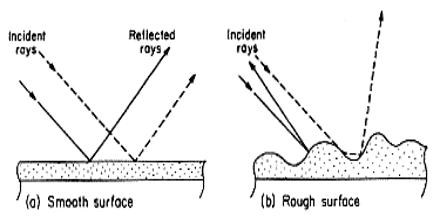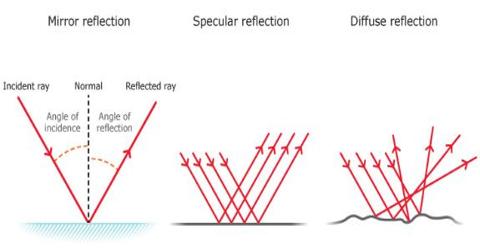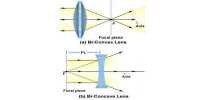Task: The differences in reflection of light on different objects or surfaces.
Required accessories: A reflector or mirror, a piece of wood, one page of paper, one steel plate, one plastic plate and one torch light.
Procedure: At first hold a mirror vertically opposite to a white wall. Now throw light on the mirror from the torch light. The reflected light from the mirror will fall on the wall. Observe whether the light falls on the wall is bright or faded. Now through the light on the page of paper, piece of wood, steel plate, plastic plate from the torch light in the similar way and see the reflection of light on the wall each time. What do you see? Which reflected ray is brighter? You will see that the reflection of light from the mirror and steel plate is maximum and brighter. The reflection of light from the pieces of wood, paper and plastic plate is the least and the reflected light is less bright or faded.

Analysis: Therefore the surfaces which are smoothers or shinier reflect more light. On the contrary, the surfaces which are rougher or less glittering reflect less light. Reflection involves two rays – an incoming or incident ray and an outgoing or reflected ray. All reflected light obeys the relationship that the angle of incidence equals the angle of reflection. Just as images are reflected from the surface of a mirror, light reflected from a smooth water surface also produced a clear image.












